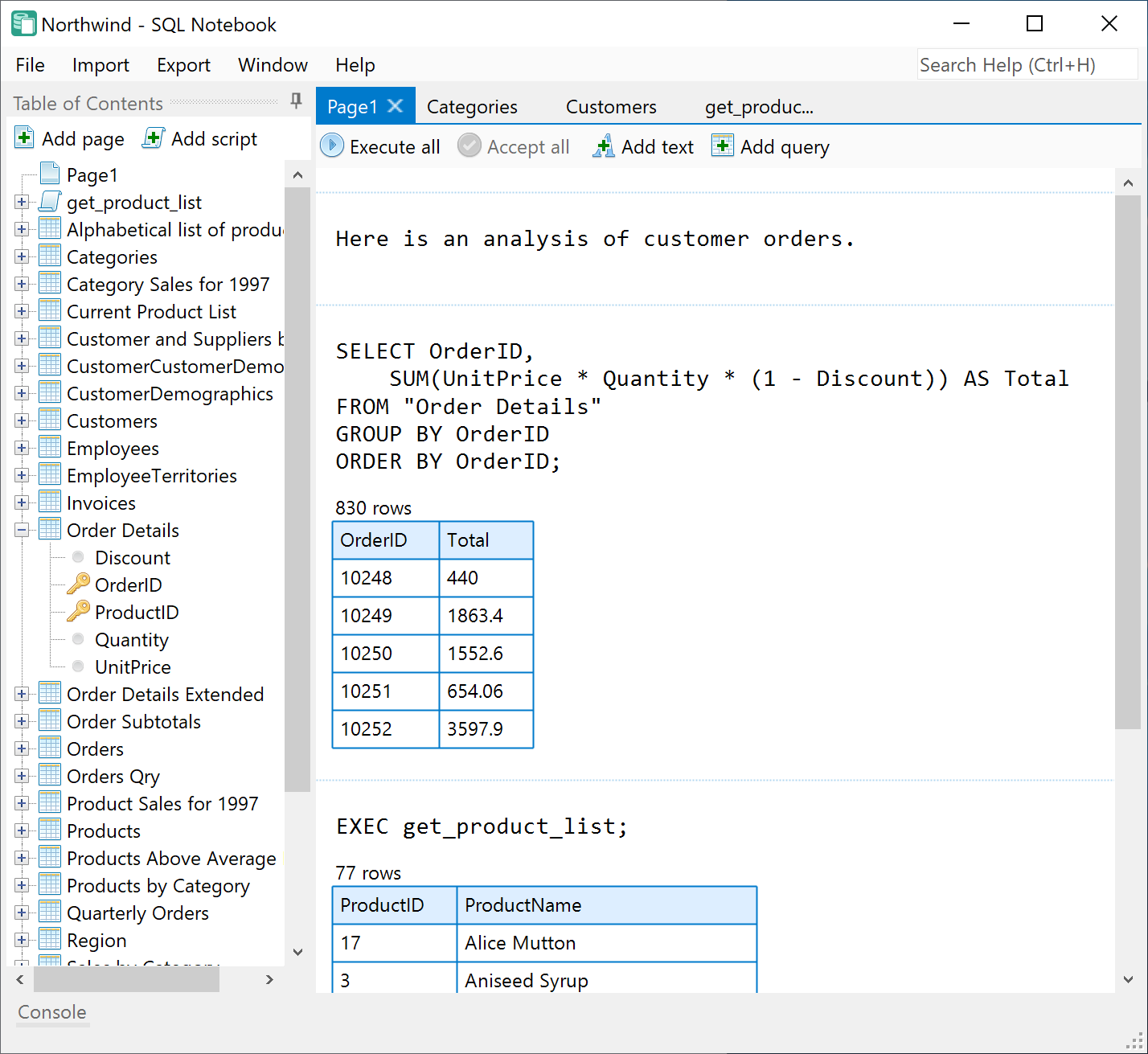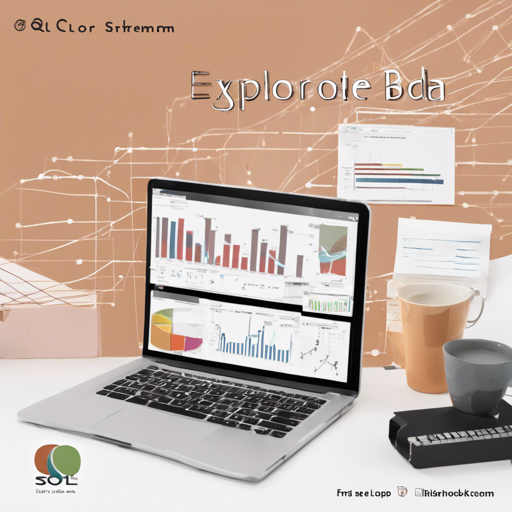If you’re looking to dive into data exploration using SQL, then SQL Notebook is your go-to tool. A friendly companion for casual data analysis, it allows you to import data from various sources such as CSV, Excel, Microsoft SQL Server, PostgreSQL, and MySQL. With a Jupyter-style notebook interface, you can run exploratory queries and create reusable logic through stored procedures. Let’s embark on this journey together!
Getting Started with SQL Notebook
Before we begin, make sure you’ve downloaded and installed SQL Notebook. The setup is straightforward, and with it, you’ll unlock a world of data exploration possibilities. Here’s how to get your feet wet:
- Importing Data: Start by importing your datasets. SQL Notebook supports CSV, Excel files, and direct connections to various databases.
- Running Queries: The Jupyter-style interface offers a seamless environment to run your SQL queries. Type away, hit enter, and watch the magic unfold!
- Creating Stored Procedures: To save time for recurring queries, you can write stored procedures. Think of them as recipes that you can call upon whenever needed.
Let’s Break Down the SQL Notebook Features Using an Analogy
Imagine SQL Notebook as a versatile kitchen. Each ingredient represents a different data source—CSV is your fresh produce, Excel is your canned goods, and databases like MySQL or PostgreSQL are your spice racks filled with diverse flavors. Just like a chef selects and combines ingredients to create delicious dishes, you can mix these data sources to derive meaningful insights using SQL Notebook.
- Ingredients (Data Sources): Choose what you need, be it from CSV, Excel, or databases.
- Cooking Techniques (SQL Queries): Apply different techniques such as filtering or joining tables, akin to sautéing or boiling.
- Consistent Recipes (Stored Procedures): Craft recipes (stored procedures) to replicate your favorite dishes efficiently!
Troubleshooting Common Issues
Even the best chefs encounter hiccups in the kitchen. Here are some common issues you might face with SQL Notebook and how to remedy them:
- Data Import Errors: If you encounter issues while importing data, check for the file format and ensure it complies with SQL Notebook’s supported types.
- Query Errors: Ensure your SQL syntax is correct. A misplaced comma or keyword could lead to errors. Use the error messages as clues to troubleshoot!
- Stored Procedure Problems: If your stored procedures aren’t running as expected, double-check the logic within them. Debugging step-by-step can often reveal the underlying issue.
For more insights, updates, or to collaborate on AI development projects, stay connected with fxis.ai.
Conclusion
SQL Notebook is your trusted kitchen for casual data exploration. With its user-friendly capabilities, you’ll whip up insights in no time. The integration of different data sources, combined with the power of SQL, positions you well to explore trends and relationships within your data sets.
At fxis.ai, we believe that such advancements are crucial for the future of AI, as they enable more comprehensive and effective solutions. Our team is continually exploring new methodologies to push the envelope in artificial intelligence, ensuring that our clients benefit from the latest technological innovations.
Learn More
[Learn more at the SQL Notebook website](https://sqlnotebook.com)


